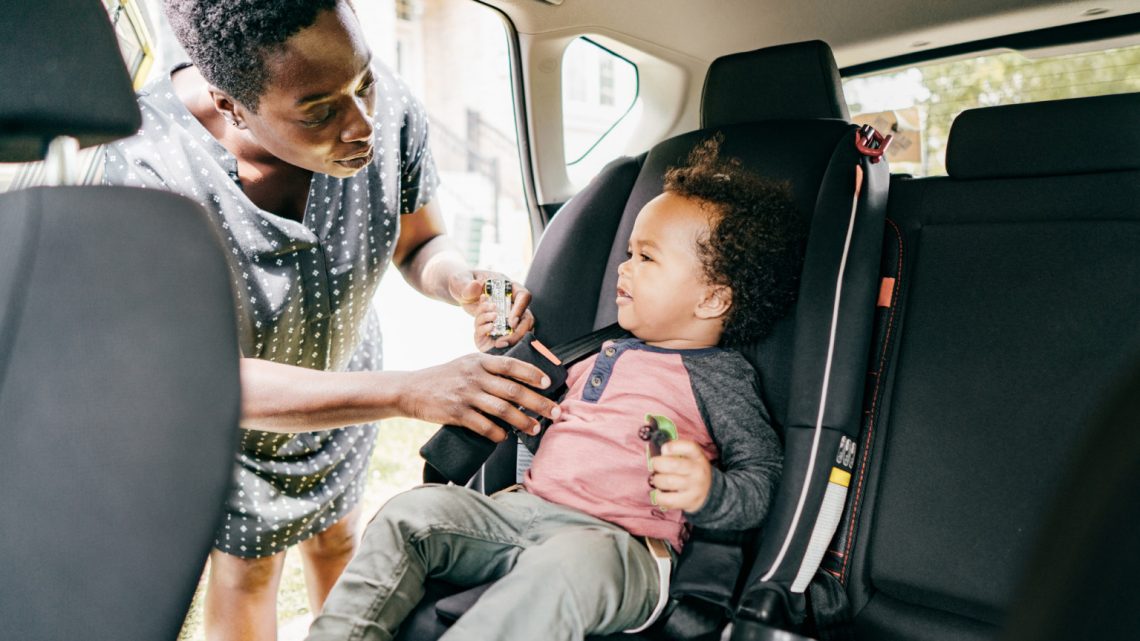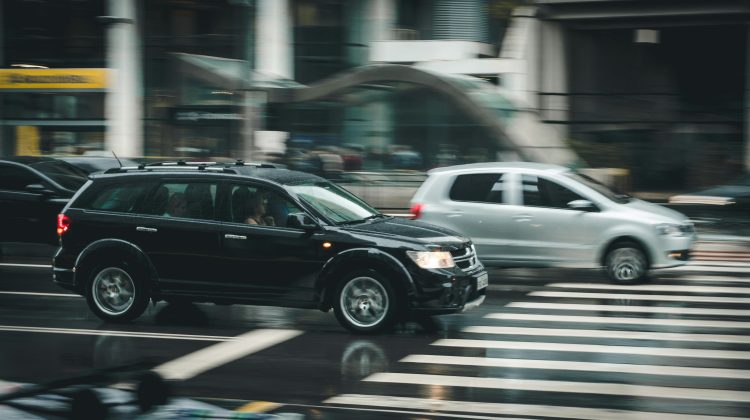In 2020, there were over 330,000 traffic crashes in Georgia. Having a seat belt is the most effective way to protect yourself and your passengers in the event of a car accident. According to the CDC, in 2019, 608 children aged 12 and younger died in accidents and over 91,000 were injured. Of those 608 children, 38% of them were not properly buckled.
It is important to make sure all children are properly seated and buckled according to Georgia law. Here, we discuss Georgia car seat laws and how you and your children can stay safe.
Car Seat Laws for Children
The Georgia Governor’s Office of Highway Safety states that all children under the age of eight must be properly restrained in a child car seat or booster seat (O.C.G.A 40-6-76). The car seat must be compliant with Georgia’s car seat laws.
Rear-Facing Car Seat
A rear-facing car seat is the best for infants and toddlers. Some common types of rear-facing car seats include an infant car seat, convertible seat, and all-in-one seat. Infants should ride in a rear-facing car seat as long as possible until maximum weight and height have been reached. In the event of a crash, a rear-facing car seat helps reduce stress on the child’s body, specifically the neck and spinal cord. According to Georgia law, children are only required to be in a rear-facing car seat until they are 12 months old.
Forward-Facing Car Seat
A forward-facing helps limit a child’s forward movement in the event of a car accident. Some common types of forward-facing car seats include convertible seats, combination seats, and all-in-one seats. A forward-facing car seat should be used until at least the age of four, and until the height and weight limit have been reached. This can usually range from 60 to 100 pounds depending on the type of seat. Children can sit in a front-facing car seat when they reach one year old and weigh at least 21 pounds according to Georgia law.
Booster Car Seat
A booster car seat helps put your child in the correct position where the vehicle’s seat belt fits properly over the hips and chest. Some common types of booster seats include combination seats, all-in-one seats, and backless booster seats. Children typically aged 8 to 12 years old will use a booster seat. In Georgia, children may transition to a booster seat if they weigh at least 40 pounds.
If a child is eight years old and has reached 4 feet 9 inches, they may use a seatbelt only in Georgia. Although this may be true, it is important to make sure your child can sit with their feet on the ground of your vehicle and make sure they are properly secured before making the transition to seatbelt only.
Why Should Children Be in the Back Seat of a Vehicle?
Booster and car seats provide the most protection for both children and infants when a car crash occurs. Although this is true, car accidents are the leading cause of death in the United States for children. According to the NHTSA, 325 children under 5 are saved yearly due to the correct installation of a car seat.
All children under the age of 12 should sit in the backseat of your vehicle. Why? The back seat of a car provides the best protection. Seat belts and airbags have been designed to protect adults when a motor vehicle collision occurs. If a child were to sit in the front seat during a crash, they may end up suffering serious injuries from the seat belt, airbags, or a broken windshield.
What to Do if You’ve Been in an Accident
Georgia car seat laws are put in place to help reduce the risk of a child’s injury or death. Although laws are put in place in Georgia, children may still get injured in the event an accident occurs.
According to the Savannah car accident lawyers at Bowen Painter Trial Lawyers, many people do not call the police after the accident occurs. If you were involved in a car crash in Georgia, it is important to call the police immediately, even if the accident does not seem severe. Whether it’s driving your children to school, or just going to the grocery store, it is important to keep your child safe at all times in your vehicle.




No Comment